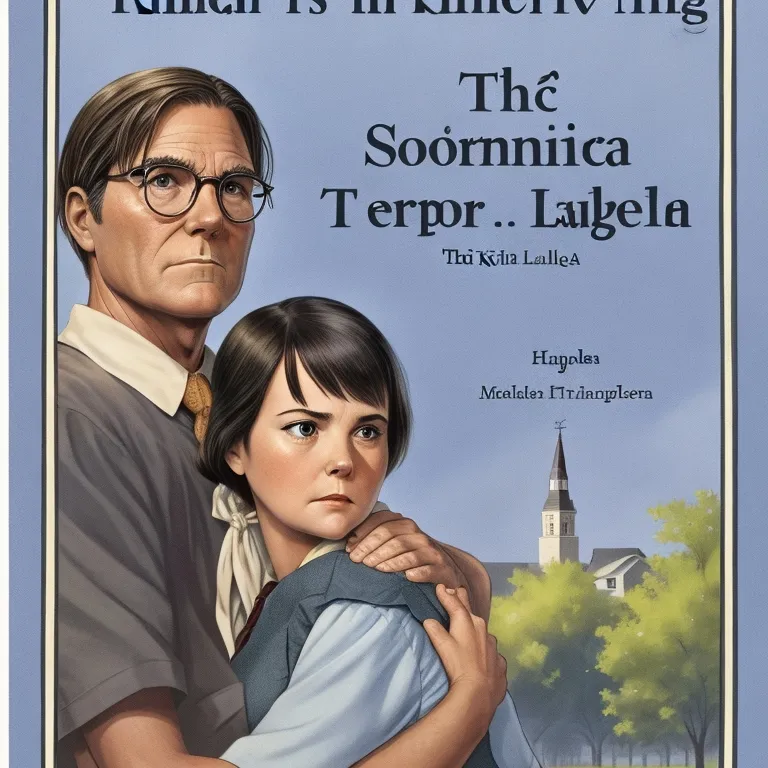Confronting Prejudice and Injustice: “To Kill a Mockingbird” by Harper Lee
Introduction:
“To Kill a Mockingbird,” penned by Harper Lee, is a captivating novel set amidst the racially charged atmosphere of the Deep South during the 1930s. This literary masterpiece chronicles the remarkable journey of Scout Finch and her father, Atticus, as they navigate a landscape marred by prejudice and injustice. Through their experiences, the novel offers a profound exploration of societal biases and the enduring struggle for equality.
Exploring the Deep South:
The stage is Maycomb, a fictional town in Alabama, where the oppressive weight of racial inequality pervades every aspect of daily life. Against this backdrop, Scout Finch, our perceptive and curious narrator, paints a vivid picture of the era’s complexities and challenges. Through her innocent eyes, readers are immersed in a world where segregation, discrimination, and racial tension shape the fabric of society.
Atticus Finch:
A Beacon of Justice: At the heart of the narrative stands Atticus Finch, Scout’s father, a principled lawyer renowned for his unwavering commitment to justice. Atticus becomes the novel’s moral compass, fearlessly challenging the status quo by defending Tom Robinson, a black man wrongly accused of assaulting a white woman. In a town plagued by prejudice, Atticus embodies the ideals of fairness and equality, serving as a guiding light in the face of adversity.
The Trial:
A Confrontation of Prejudice: The trial of Tom Robinson becomes a focal point of the novel, illuminating the deeply entrenched racial bias of the community. As Atticus meticulously presents evidence that exonerates Tom, the trial becomes a battleground where the integrity of the justice system clashes with the prevailing bigotry. Lee’s powerful depiction of the trial forces readers to confront uncomfortable truths about prejudice, empathy, and the consequences of a flawed society.
Lessons of Compassion and Loss of Innocence:
Alongside the trial narrative, Scout and her brother Jem encounter various characters who shape their understanding of humanity. They befriend Dill, an imaginative boy, and develop an unwavering curiosity about the reclusive Boo Radley. Through these relationships, Scout and Jem learn profound lessons about empathy, tolerance, and the complexities of human nature. Their personal growth highlights the loss of innocence that occurs when confronting the harsh realities of prejudice.
Legacy and Significance:
Since its publication in 1960, “To Kill a Mockingbird” has left an indelible mark on literature and society. Harper Lee’s poignant exploration of racial inequality continues to resonate, reminding us of the enduring struggle for justice. The novel’s timeless message serves as a call to action, inspiring readers to confront prejudice and injustice in their own lives and strive for a more equitable future.
Conclusion:
“To Kill a Mockingbird” stands as a remarkable literary work that delves deep into the racial tensions and social injustices of the 1930s Deep South. Through Scout and Atticus’ compelling journey, the novel confronts prejudice head-on, leaving an indelible impact on readers. Harper Lee’s masterful storytelling and poignant themes ensure that the book remains a timeless testament to the enduring power of empathy, compassion, and the fight for justice.
